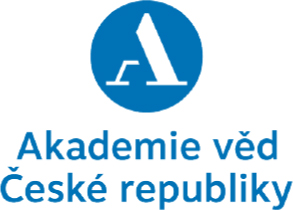This article will not deal with public opinion as a social phenomenon. Many questions about what is public opinion, who are its bearers, what is its content and how does it appear were asked in the past and it seems that many of them still haven’t been answered sufficiently.
The trivial and most easily accessible definition is that “Public opinion is the opinion of the public”. However, it is far from solving the problem: What does it mean “public?” Who constitutes the public? Do all people belong to public, or only some of them? And possibly who? Isn’t it actually the other way round? Doesn’t public opinion comprise rather of opinions and thoughts that are expressed publicly, no matter who expresses them and who listens to them? And in this case, what does it mean “publicly expressed”? Does it concern publication in media, quarrel in a pub or an argument of a married couple? When discussing public opinion, one easily comes across such problems and circular definitions.
So far, there wasn’t found a way out (There remains a question, whether it is actually desirable or even possible to find it…?)
Unfortunately, we have to define the term in some way, if we want to go on working with it. In this place full of permanent ambiguities I prefer to use the operational definition of public opinion as an “opinion measured by public opinion surveys.” Even though it is only a sort of a frail crutch, it is important to stress its indisputable advantage: even if the results of public opinion surveys did not represent the “true” public opinion, the substrate established by the operational definition – and therefore a theme for developing further ideas – remains.
The main axis of my thoughts and arguments can be called distortion, or, in a certain sense also manipulation. To be more accurate, I am trying to find out, whether distortion of results of public opinion surveys can result in manipulation of public opinion as such and if it is true, what does it mean for the researchers and those who use the results of their investigation.



